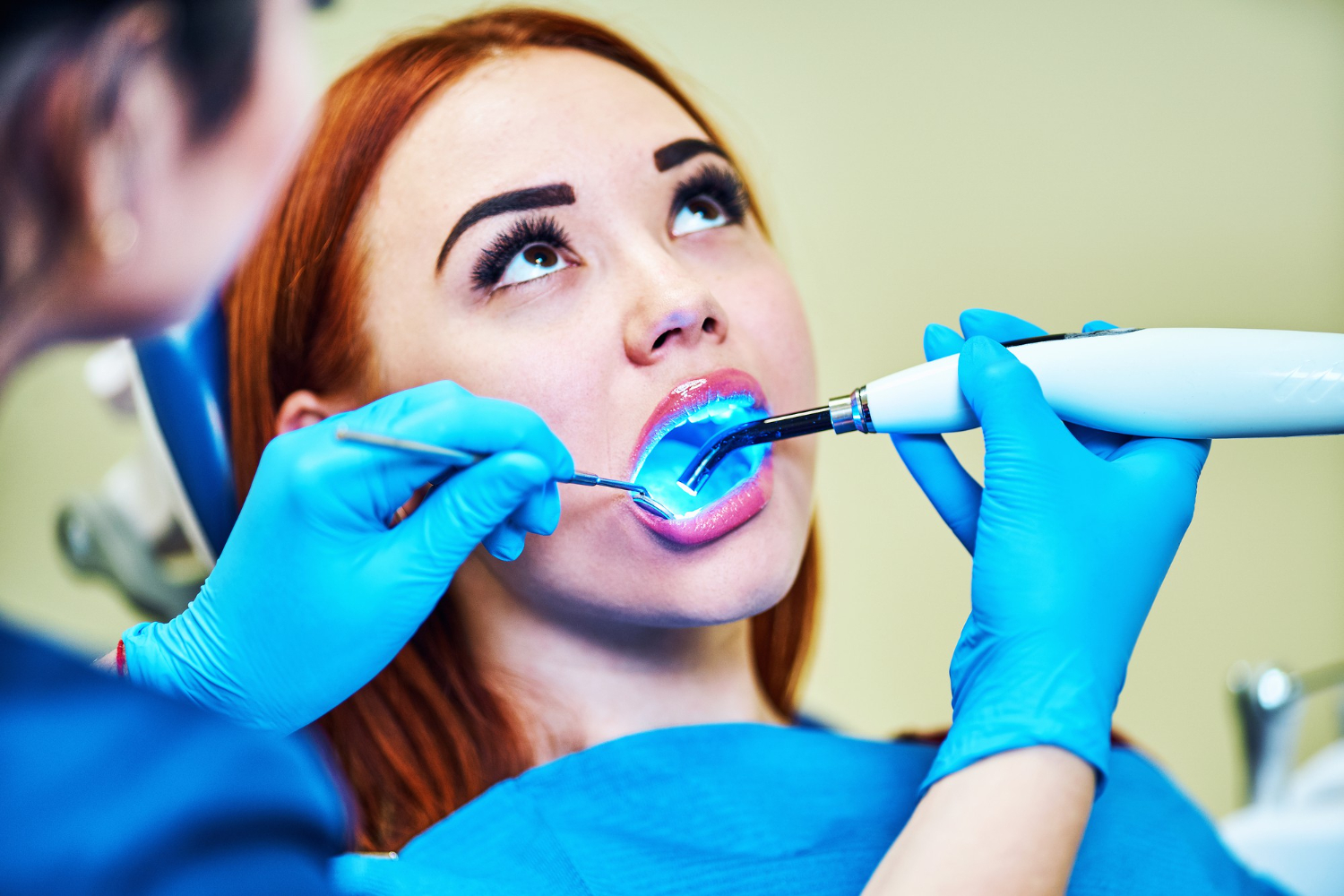Tooth whitening has become a popular way to enhance smiles and boost confidence. Many options are available, from over-the-counter products to professional treatments, making it easy for anyone to find a method that suits their needs and budget. As people seek brighter teeth, understanding the various procedures and their effectiveness is essential for making informed choices.
Different whitening methods use various ingredients and techniques. Some products, like strips and gels, can be applied at home, while others require a visit to the dentist. Each option has its pros and cons, so researching and selecting the best fit is vital.
After achieving a whiter smile, maintaining the results becomes equally important. Knowing how to care for teeth post-whitening can prolong brightness and protect dental health. Innovations in tooth whitening continue to emerge, offering exciting opportunities for achieving that perfect smile.
Key Takeaways
- Various tooth whitening methods exist, including at-home products and professional treatments.
- Maintaining bright teeth requires proper aftercare and hygiene practices.
- Staying informed about new whitening innovations can enhance treatment options.
Basics of Tooth Whitening
Tooth whitening helps enhance the brightness of teeth. There are various methods available, each with its own benefits and risks. Understanding these can assist individuals in choosing the most suitable option.
Types of Tooth Whitening
There are several types of tooth whitening methods. These include:
- In-Office Treatments: Administered by dental professionals, these treatments use stronger bleaching agents like hydrogen peroxide. Sessions typically last about one hour, offering quick results.
- At-Home Kits: These often include custom trays and whitening gels. They provide less concentrated whitening agents, resulting in gradual changes over time.
- Whitening Toothpaste: Formulated with mild abrasives, these toothpastes can remove surface stains. They are less effective for deep discoloration.
- Natural Methods: Some people opt for baking soda and hydrogen peroxide mixtures. While they may show slight improvement, results vary and may not be as significant.
Benefits of Tooth Whitening
Tooth whitening offers several advantages.
- Enhanced Appearance: A bright smile can boost self-esteem and improve overall confidence. People often feel more positive about their appearance.
- Quick Results: In-office treatments can significantly whiten teeth in just one visit. This is ideal for special occasions.
- Customization: At-home kits offer control over the whitening process. Users can choose how often and how long to use the product.
- Affordable Options: Many whitening products are reasonably priced, making them accessible. This allows people to achieve a brighter smile without extensive spending.
Potential Risks and Side Effects
While tooth whitening is generally safe, there are potential risks to consider.
- Tooth Sensitivity: A common side effect is increased sensitivity to hot and cold foods or drinks. This usually subsides after treatment.
- Gum Irritation: The whitening agents can irritate gums. Proper application techniques can help minimize this risk.
- Uneven Results: Some individuals may experience patchy results, especially with DIY treatments. Professional treatments typically offer more uniform outcomes.
- Enamel Damage: Overuse of whitening products can potentially harm tooth enamel. It’s crucial to follow instructions and consult a dentist if unsure.
Tooth Whitening Procedures
Tooth whitening can enhance a smile by removing stains and improving tooth color. There are several effective methods for whitening teeth, including professional treatments, at-home products, and natural options.
Professional In-Office Whitening
Professional in-office whitening is a popular choice for fast and noticeable results. This procedure is conducted by a dentist and typically uses a stronger bleaching agent than at-home kits.
The process often involves:
- Preparation: The dentist will clean and examine the teeth.
- Application: A protective gel is applied to the gums to avoid irritation, followed by a bleaching solution on the teeth.
- Activation: A special light may be used to enhance the whitening effect.
Results are usually visible in just one visit, and many patients achieve a smile that is several shades whiter.
At-Home Whitening Products
At-home whitening products are convenient and popular for those preferring to whiten their teeth at their own pace. Options include:
- Whitening Strips: These thin, flexible strips are coated with a peroxide gel. They are applied directly to the teeth and typically worn for 30 minutes to an hour daily.
- Whitening Gels and Trays: Patients use custom or store-bought trays filled with whitening gel. These can be worn for a few hours or overnight for gradual results.
While effective, results may take longer than professional treatments. Users should follow instructions carefully to avoid tooth sensitivity.
Natural Whitening Methods
Natural whitening methods appeal to those seeking less chemical exposure. Some popular choices include:
- Baking Soda: Using a paste made with baking soda and water can help remove surface stains.
- Activated Charcoal: This substance may absorb stains, though evidence is mostly anecdotal.
- Apple Cider Vinegar: Diluted use may help whiten teeth but should be used cautiously due to acidity.
While these methods are less aggressive, they may not deliver results as quickly or effectively as other whitening options.
Choosing the Right Whitening Method
Selecting the proper teeth whitening technique is essential for achieving the desired results. Factors such as tooth sensitivity, the duration of the whitening effects, and treatment costs play crucial roles in decision-making.
Considerations for Sensitive Teeth
Many individuals experience tooth sensitivity when whitening their teeth. It is important to choose a method that minimizes discomfort.
Key options include:
- Sensitivity-friendly whitening gels: Some products include ingredients to reduce sensitivity.
- Whitening strips: These can be gentler on teeth compared to other methods.
- Custom-fit trays: A dentist can create trays that ensure better fit and less direct contact with gums, limiting sensitivity.
Before starting any whitening treatment, individuals with sensitive teeth should consult their dentist. They can suggest the most suitable approach based on personal dental health.
Longevity of Whitening Results
Different whitening methods lead to varying durations of results. Understanding how long the whiteness will last helps in selecting the right option.
Typical duration comparison:
| Method | Longevity |
|---|---|
| Professional treatments | 1-2 years |
| At-home whitening kits | 6 months – 1 year |
| Whitening toothpaste | 3-6 months |
Professional whitening tends to last the longest but requires more investment. At-home kits are less expensive but may require repeated applications. Knowing this information can help individuals plan for maintenance.
Cost Comparison of Whitening Treatments
Costs for whitening methods can differ greatly, so it’s essential to evaluate the budget.
Average costs include:
- Professional whitening: Typically ranges from $300 to $1,000 per session.
- At-home kits: Can cost between $20 and $150, depending on the brand.
- Whitening toothpaste: Generally priced from $5 to $15.
While professional methods provide significant results, at-home options offer more affordable alternatives. Evaluating costs against personal goals and budget will aid in informed choices.
Aftercare and Maintenance
Proper aftercare and maintenance are essential to keep teeth white and healthy after a whitening treatment. Following specific practices helps avoid stains and maintains the bright appearance of the smile.
Daily Oral Hygiene Practices
Maintaining a consistent oral hygiene routine is crucial after teeth whitening. Brushing teeth twice a day for at least two minutes each time is recommended.
Use a fluoride toothpaste to help strengthen enamel. Flossing once a day removes food particles and plaque between teeth.
Incorporating mouthwash can also benefit dental health. An alcohol-free mouthwash is ideal as it prevents dry mouth and reduces the risk of irritation.
Avoid sour or acidic foods, like citrus fruits and sodas, for at least 48 hours post-treatment. These can weaken enamel and cause staining. Drinking water can help rinse away particles that might contribute to discoloration.
Regular Dental Check-ups
Scheduling regular dental check-ups is vital for maintaining white teeth. A professional cleaning every six months helps remove plaque and tartar buildup, which can cause staining.
During these visits, the dentist can assess the health of the teeth and gums and recommend any necessary treatments.
If stains appear, a dentist can provide advice on the best whitening options. Keeping an open line of communication with the dentist ensures that any concerns are addressed promptly.
Both dental health and aesthetics benefit from routine check-ups, ensuring the longevity of the whitening effects achieved.
Touch-Up Treatments
Touch-up treatments are helpful for maintaining the brightness of teeth. Many dental professionals recommend at-home whitening products to help extend the results.
Options may include whitening strips, gels, or trays customized for individual needs. These products should be used as directed to avoid enamel damage.
Reapplying whitening treatment every few months can keep the smile looking vibrant. However, it’s essential to assess tooth sensitivity and health before proceeding with touch-ups.
Combining these touch-up treatments with good oral hygiene creates an effective strategy for maintaining a stunning smile.
Innovations in Tooth Whitening
Recent advancements in tooth whitening focus on improving safety and effectiveness. Innovations in whitening agents and new technologies for application are changing how people achieve brighter smiles.
Advancements in Whitening Agents
New whitening agents are increasingly popular. One notable ingredient is PAP (Phthalimidoperoxycaproic acid). Unlike traditional peroxide, PAP does not demineralize teeth, minimizing sensitivity.
Several brands, such as Hismile, endorse PAP for its effectiveness without harmful effects.
Other alternatives include natural ingredients like activated charcoal and baking soda, which are safer and less harsh on enamel.
These advancements help make tooth whitening accessible and appealing, allowing more people to find suitable options for their dental care.
Technological Breakthroughs in Procedures
Innovations in procedures introduce safer and faster methods. For instance, LED light therapy is gaining traction. It speeds up the whitening process by activating the whitening agent.
Another breakthrough is using customized trays. These trays ensure that the whitening gel stays in contact with the teeth without overwhelming the gums or other parts of the mouth.
Additionally, researchers are exploring nanotechnology to improve the penetration of whitening agents. This technology can enhance results while reducing side effects.
With these advancements, patients can expect a more effective and comfortable experience when whitening their teeth.



